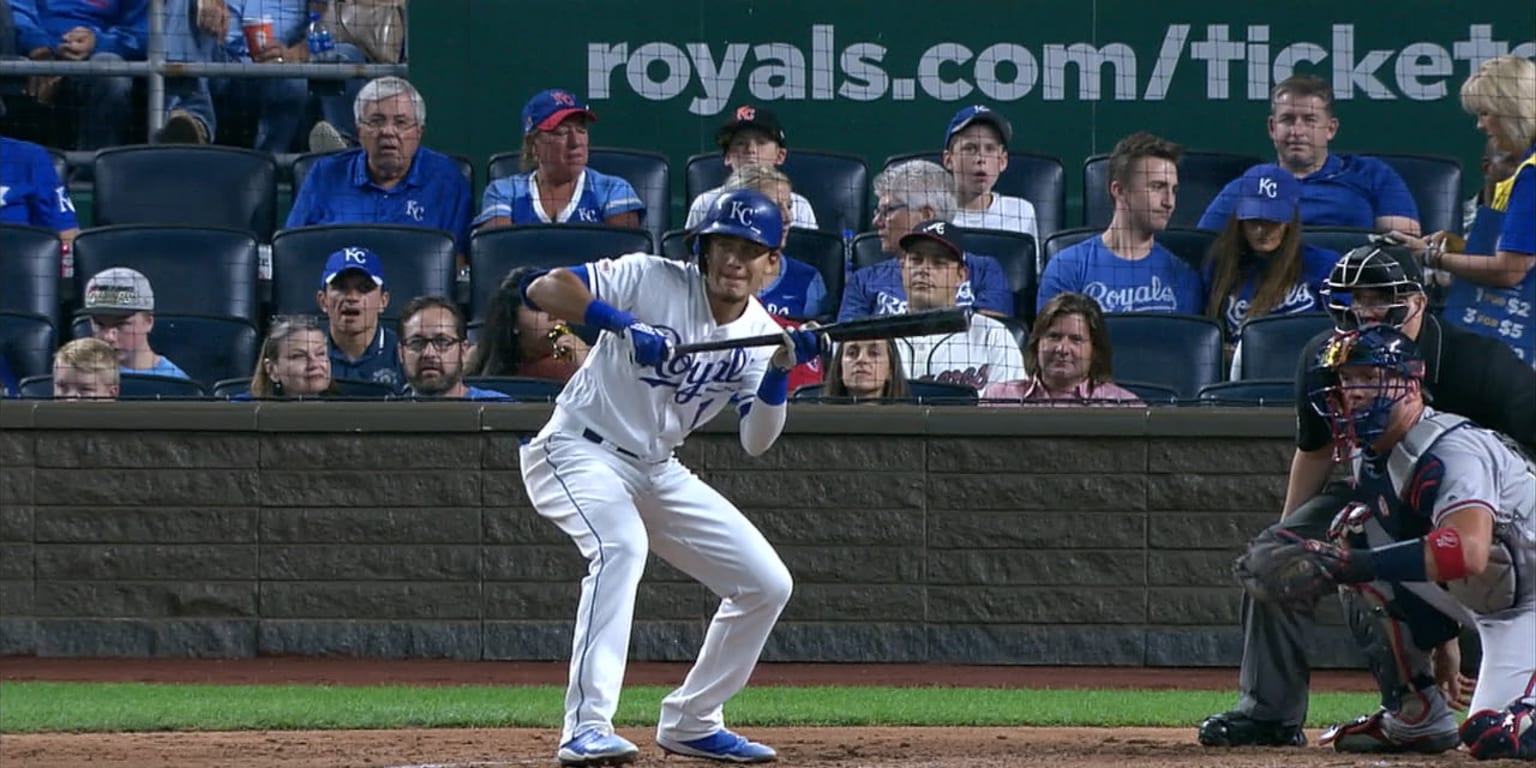
When it comes to improving your baseball hitting skills, variety in your training routine is essential. One drill that stands out as an incredibly effective way to boost your performance is the soft-toss drill. Soft-toss involves a coach or teammate gently tossing the ball toward the hitter, allowing them to focus on refining their swing mechanics, hand-eye coordination, and timing without the added pressure of facing a live pitch. In this blog post, we’ll dive into why soft-toss drills are so beneficial and how they can help elevate your baseball hitting.
Developing Proper Swing Mechanics

One of the most important aspects of hitting is having solid swing mechanics, and soft-toss drills offer the perfect opportunity to develop this skill. Without the stress of a high-speed pitch, players can slow things down and focus on the finer details of their swing. This includes working on hand positioning, bat path, and weight transfer. By repeating soft-toss drills, hitters can develop muscle memory and reinforce proper mechanics. The more you practice, the more automatic these movements become, leading to a more consistent and powerful swing at the plate.
Enhancing Hand-Eye Coordination

Hand-eye coordination is crucial for any baseball player, and soft-toss drills are one of the best ways to improve this skill. Since the toss is predictable and controlled, hitters can really focus on tracking the ball all the way from the tosser’s hand to the point of contact. This type of drill helps players sharpen their ability to judge pitch location, speed, and spin—skills that are essential for making solid contact with the ball. The better your hand-eye coordination, the more often you’ll connect with pitches, leading to greater success at the plate.
Refining Timing and Rhythm

Timing is everything in hitting, and soft-toss drills provide a great opportunity to work on it. By adjusting the speed or release point of the toss, hitters can practice their timing and rhythm. They can work on waiting for the ball to reach a specific point in the strike zone before they start their swing, ensuring they make contact at just the right moment. This adjustment of timing and rhythm is critical in real game situations, where pitch speeds vary, and being able to adapt will make a huge difference in a hitter’s performance.
Targeting Specific Areas for Improvement

Soft-toss drills offer the flexibility to work on specific areas of a hitter’s game. Whether you need to focus on staying inside the ball, driving it to the opposite field, or improving your ability to handle a specific type of pitch, soft-toss drills allow you to isolate those areas and practice them in a controlled environment. By consistently targeting specific weaknesses or goals, you can make noticeable progress and see improvements in your overall hitting ability.
Building Confidence

Soft-toss drills provide a more relaxed, controlled environment for hitters to practice. The ability to succeed in this setting builds confidence, which is crucial for performance in actual game situations. When players refine their swing mechanics and timing through soft-toss drills, they gain confidence in their ability to react to pitches in a live game. This newfound self-assurance can translate into more solid contact and better overall hitting.
Incorporating Variations for Extra Challenge

One of the best things about soft-toss drills is how easily they can be modified to increase the challenge. By changing the height, angle, or location of the toss, you can simulate different types of pitches and scenarios. For example, tossing the ball higher can mimic a high fastball, while tossing lower can help practice hitting ground balls. These variations keep the drills fresh and engage hitters, sharpening their skills and preparing them for different pitch types they’ll encounter in games.
Complementing Other Hitting Drills

While soft-toss drills are powerful on their own, they also serve as a great complement to other hitting drills like tee work, front toss, and live batting practice. Soft-toss helps bridge the gap between static tee work and the unpredictability of live pitching. It’s a controlled environment where you can focus on your swing mechanics, hand-eye coordination, and timing before stepping up to the plate against live pitchers. Integrating soft-toss into your routine gives you a well-rounded approach to improving your hitting.
The Bottom Line: Why Soft-Toss Drills Should Be Part of Your Routine

Soft-toss drills are an excellent tool for any player looking to enhance their hitting. They provide a controlled environment where players can focus on refining swing mechanics, improving hand-eye coordination, fine-tuning timing, and working on specific areas of their hitting. Soft-toss is also a great confidence booster, and its versatility allows you to adjust the challenge to suit your needs. By incorporating soft-toss drills into your practice routine, you’ll build a more consistent and powerful swing, preparing yourself to handle whatever pitch comes your way.
FAQs: Everything You Need to Know About Soft-Toss Drills
Q: What is the purpose of soft-toss drills in baseball?
A: Soft-toss drills help hitters focus on improving swing mechanics, hand-eye coordination, timing, and rhythm. They provide a controlled, predictable environment that allows players to work on their skills without the pressure of facing a live pitcher.
Q: How can soft-toss drills improve my swing?
A: Soft-toss drills allow you to focus on the finer details of your swing, such as hand positioning and bat path. By repeating these drills, you can build muscle memory, which leads to more consistent and powerful swings at the plate.
Q: Can soft-toss drills help with timing?
A: Yes! Soft-toss drills allow you to adjust the toss speed and release point, giving you the opportunity to refine your timing. This practice helps you improve your ability to react to different pitch speeds in live games.
Q: How do I incorporate soft-toss drills into my hitting routine?
A: Soft-toss drills can be used alongside other hitting drills, such as tee work and live batting practice. Use them to focus on swing mechanics, timing, and specific areas of improvement before transitioning to more challenging drills.
Q: Can I use soft-toss drills to work on hitting different types of pitches?
A: Absolutely! By varying the height and angle of the toss, you can simulate different pitch types, such as fastballs, curveballs, or sliders. This allows you to practice handling different pitch scenarios in a controlled setting.
Q: How often should I do soft-toss drills?
A: Soft-toss drills should be a regular part of your hitting practice routine. Aim to include them at least 2-3 times a week to build consistency, improve your swing mechanics, and develop better hand-eye coordination.
Conclusion
Soft-toss drills are a powerful tool for players of all skill levels who want to improve their baseball hitting. They offer a chance to refine your swing mechanics, enhance hand-eye coordination, improve timing, and focus on specific areas for improvement. By incorporating these drills into your training, you can elevate your game and become a more consistent and effective hitter. So, grab your partner, some soft-toss balls, and start reaping the benefits of this impactful hitting drill today!

